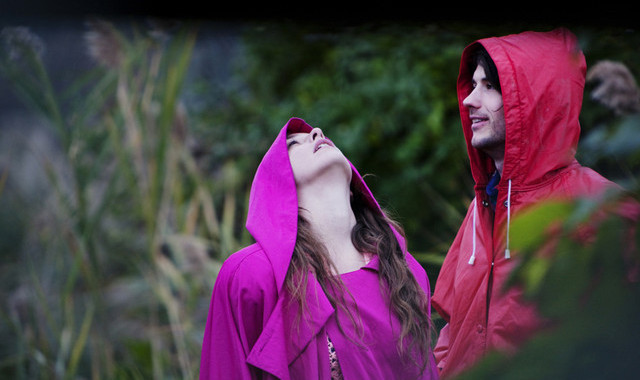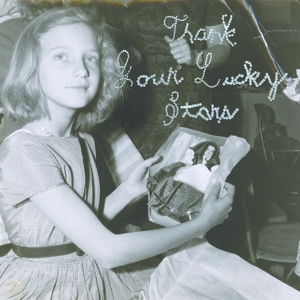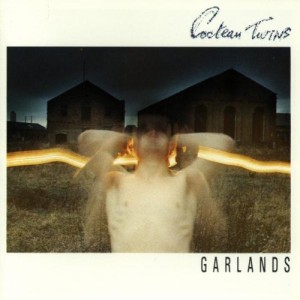Proximity, the Breadth of Distance, and Triangulation
Reluctant leaves began yielding to stout chilly breezes during this last week or so. Finally they are falling in pretty bronze and yellow masses. October and November have mostly been extensions of summer, but recently the season locked in, and on a wonderfully rainy autumn day, I took a solo walk.

You’ve done this, too, I hope, on a windy fall day — tried to pluck from mid-air a drunkenly descending leaf. It is, on its surface, a frivolous thing to do – a little kid thing – and I am for it.
It can happen like this: first, you see the leaf tightly zigzagging down twenty feet or so ahead of you, and perhaps about that high in the air. Next, you begin a horizontal approach – trying to time your arrival at the spot where the leaf will be in its fluttery vertical descent.
Then you take your chance and clutch at the leaf. Of course, you don’t catch it – you just barely miss – you had no more chance catching it than you would have catching a wisp of smoke. And still, there is a thrill. Actually, an undiminished thrill – you were so close. You want to try again and begin immediately to scan the foreground for the right opportunity to triangulate.
The approach and the near miss of contact can be as exhilarating and sometimes stronger than actual contact. There is sometimes a value in sheer, delicious proximity; often there is a cherished respect for that narrow breadth of distance that makes up the spaces between us; and of course, there is the luxurious pleasure of reflecting upon the courses of events that bring us together – or almost together – the triangulation.
The songs of the brilliant band Beach House make me feel that same exhilaration. Their music celebrates the space between tones, chords, and notes as much as it revels in its ravishing sounds. It is music that proclaims its own silence and breath. It acknowledges the precious difference of closeness as it is opposed to contact – and for me it translates the often very complicated language that communicates the understanding and appreciation of that difference.

I am madly attracted to this music. Beach House is now nearing the towering sonic realm of Cocteau Twins. There are two particular and magnetic things that both these bands do to pull me into their spacious worlds:
First, in an intellectual way, there is a pervasive artifice of the work – this music acts upon me like my favorite European and British art and literature of the late-19th century – there is a delightful ‘meta’ quality – where the work recognizes and rejoices in itself, (is conscious of itself,) as a beautiful (or an ugly) artificial construct.
Second, from my heart and guts, this music makes me conscious and happy about the people and the things that I have been close to.
They have two new LP’s this year – released within two months of each other. Depression Cherry came in August and was featured briefly on this page in July, and Thank Your Lucky Stars came in October.
At the top of their game.
Majorette by Beach House from Thank Your Lucky Stars (2015 Sub Pop).
This is a live version from The Late Show. Jude and I have caught them in concert a couple of times and they are haunting live. Here they are gloriously imperfect and throw their vibe mightily past Stephen Colbert’s goofy introduction. Witchy.
One Thing by Beach House from Thank Your Lucky Stars (2015 Sub Pop).
Best of the year?
Elegy To The Void by Beach House from Thank Your Lucky Stars (2015 Sub Pop).

Best ever.
Dear Heart by Cocteau Twins from Garlands (1982 4AD).
Violaine by Cocteau Twins from Milk & Kisses (1996 Fontana).
